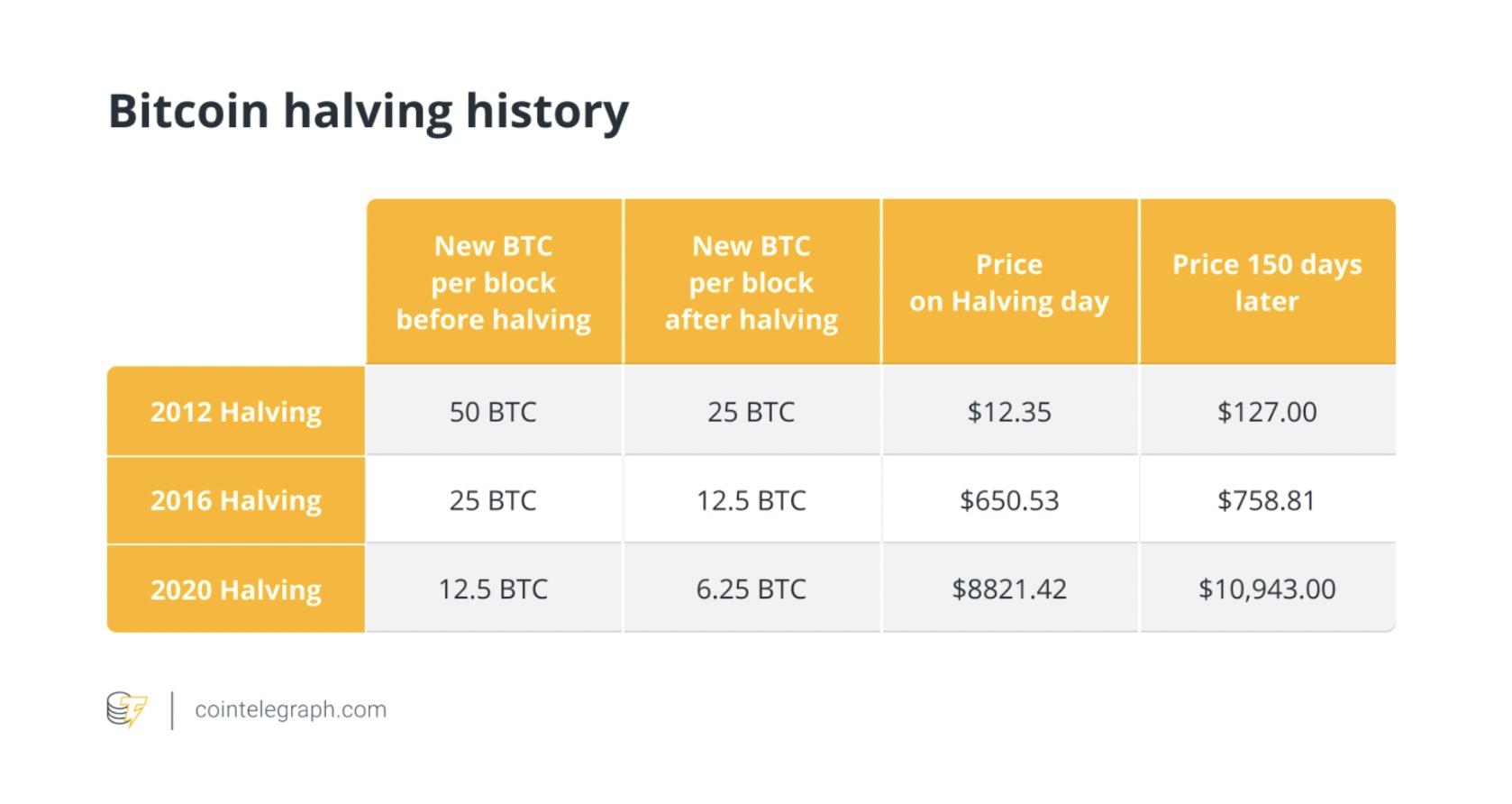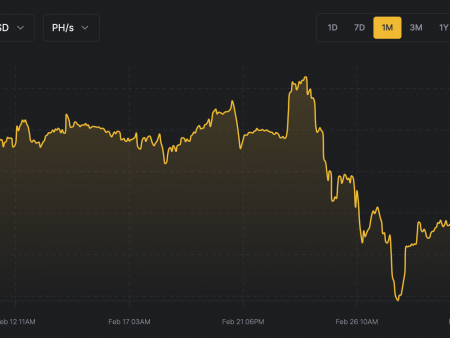Expect some crypto companies to go bankrupt following Bitcoin halving
The Bitcoin halving is months away and cryptocurrency companies are getting excited. Don’t be surprised if some companies fail while bringing their products to market.

Opinion
As we approach the Bitcoin (BTC) halving in April, a phenomenon that historically triggers major market swings, companies within the space find themselves at a critical juncture. This event is surrounded by speculation and strategic planning and, for some, a sense of uncertainty. While rife with opportunities, it is vital that businesses take a balanced approach, integrating a long-term perspective rather than catering to market euphoria.
Historically, Bitcoin halving events, which cut mining rewards in half, have caused substantial changes to the crypto landscape. These changes often lead to increased market activity and increased investor interest. However, basing an entire business strategy on the results of the halving can be a double-edged sword. Focusing solely on short-term profits could lead to missed opportunities or strategic mistakes that jeopardize a company’s future viability.
Avalanche’s recent layoffs from the Layer 2 blockchain underscore the volatility and unpredictability inherent in the crypto sector. These developments highlight the need for robust risk management strategies. Companies must be prepared for any eventuality, ensuring their survival beyond the halving. This requires a focus on sustainable growth, sound financial planning, and a reluctance to overextend yourself in pursuit of fleeting opportunities.
Related: History tells us we are in for a strong bull market with a hard landing
In light of this, crypto companies are increasingly channeling their efforts into product development and pausing marketing efforts. The aim is to diversify the offering and serve an evolving customer base, which is expected to expand after the halving. This strategy is not only about capitalizing on the immediate increase in interest related to the halving, but also about building a foundation that can withstand market fluctuations.
A possible consequence for some companies? Products will be launched hastily, without adequate cybersecurity preparations. The crypto industry, by its very nature, is a prime target for cyberattacks. History has repeatedly shown what happens to projects that don’t learn from our long list of predecessors that have fallen into the hands of hackers.
The fourth Bitcoin halving will occur in 2024.
The first halving in 2012 resulted in a 10,000% increase ($11 -> $1,150)
The second halving in 2016 resulted in a 3,000% increase ($650 -> $20,000)
Third halving in 2020 results in 630% increase ($8,800 -> $64,000)
Do you notice a pattern? pic.twitter.com/zaqkEJUWmC
– legend (@legen_eth) November 13, 2023
Furthermore, the current landscape of venture capital in the cryptocurrency sector presents a complex picture. The AI hype and the recent crypto winter caused a shortage of funds. However, there is renewed interest as investors look to capitalize on the halving event. This resurgence in investment must be approached with caution. Expansion and investment should be supported by a solid financial plan, especially in a market known for its volatility.
Another aspect to consider is the marketing and public perception around the halving. While it’s important to raise awareness and excitement, hyping the event can backfire. Setting realistic expectations is key to maintaining credibility and trust with your user base. The industry has suffered its fair share of backlash due to overambitious and unfulfilled projections.

Another crucial and often overlooked aspect that crypto companies should consider: the rapidly changing regulatory landscape. Cryptocurrencies are increasingly coming under scrutiny from global regulators, particularly in Europe, where discussions over comprehensive crypto regulation are intensifying.
The shift toward stricter regulatory oversight is indicative of a global trend in which governments seek to balance innovation in the crypto space with investor protection and financial stability. This change is not just a matter of compliance. It represents a fundamental change in the way crypto companies must operate. Businesses should stay abreast of these developments as new regulations could be implemented before the halving in April. Companies that focus on halving without taking into account impending legislative changes can suffer quick consequences.
Related: WSJ debacle fueled US lawmakers’ ill-informed crusade against cryptocurrencies
Innovation in compliance can be a competitive advantage. As regulations become more complex and expansive, crypto companies that proactively integrate compliance into their business models and technology infrastructures will likely find themselves ahead of the curve. This involves investing in regulatory and compliance technology, which can provide efficiencies and help navigate the complexities of different jurisdictional requirements. For cryptocurrency companies, the challenge is to innovate while complying with these new rules, turning regulatory compliance into a strategic asset rather than a burden.
The Bitcoin halving and intensifying regulatory climate herald a pivotal moment for the crypto industry. This dual challenge will inevitably lead to significant restructuring, with only the most adaptable and forward-thinking companies surviving. Those who take a purely reactive approach risk falling behind or failing completely.
Success in this new era requires being proactive: integrating innovative strategies that align with regulatory frameworks and harness the potential of the halving. The companies that will emerge stronger will be those that see these challenges not as obstacles but as opportunities to redefine and solidify their position in a rapidly maturing market. This shift from mere survival to strategic evolution is what will distinguish the leaders in the post-halving regulated crypto landscape.
This article is for general information purposes and is not intended to be and should not be taken as legal or investment advice. The views, thoughts and opinions expressed here are solely those of the author and do not necessarily reflect or represent the views and opinions of Cointelegraph.
Add reaction







































